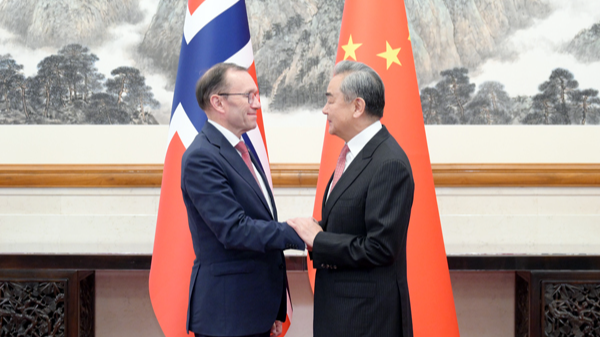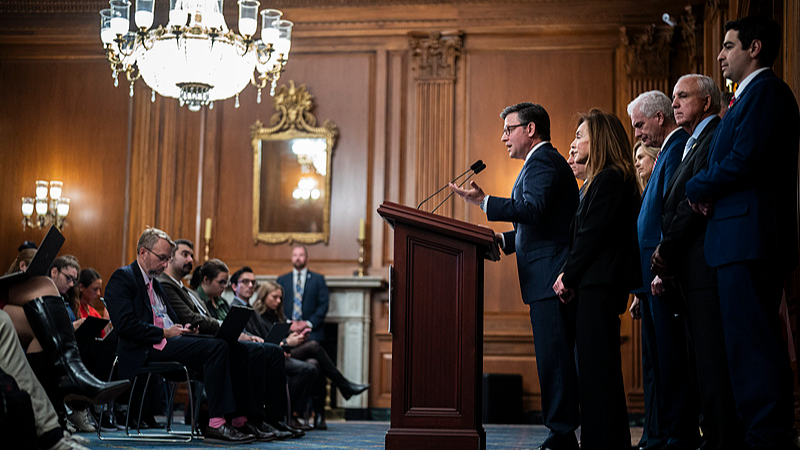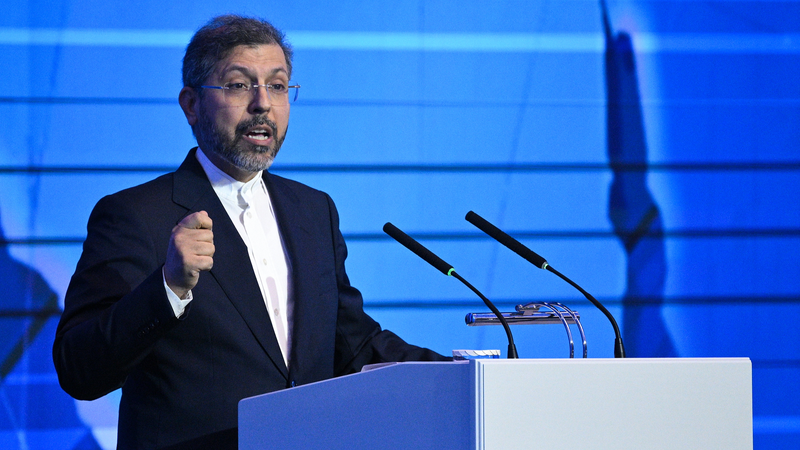The 30th UN climate change conference, COP30, opened on November 10, 2025, in Belém, Brazil. As world leaders gather to reignite global climate commitments, nature takes center stage.
Recently, Kirsten Schuijt, director general of WWF International, sat down to discuss a growing movement to merge nature protection with climate action. “Nature and biodiversity conservation are crucial not only for reducing climate change but also for helping societies adapt to it,” she said.
She pointed to China’s “two mountains” vision—lucid waters and lush mountains—as a guiding philosophy that balances economic growth and environmental stewardship. China’s success in boosting giant panda and tiger populations, expanding protected areas on land and at sea, and pushing forward climate mitigation has set a powerful example.
In late September 2025, China submitted its 2035 Nationally Determined Contributions to the UN General Assembly, signaling a serious commitment to cut emissions. Globally, 2025 marked the first year renewable energy generation overtook coal, and China played a key role in this shift through massive investments in solar and wind.
As the host of the 2022 COP15 Biodiversity Conference, China helped broker the Kunming-Montreal Global Biodiversity Framework and launched the Global Biodiversity Fund—the first contributor. Schuijt praised China’s leadership toward the “30 by 30” target to protect 30 percent of land and sea by 2030, urging nations to build on this momentum at COP30.
“If we want real progress on climate and nature, we need to think and act together,” Schuijt said. “The work we see from the Chinese mainland offers lessons for the world—how conservation can spur innovation and resilience, not hold back growth.”
As COP30 unfolds, all eyes are on delegates to deliver bold, integrated strategies that tie nature and climate goals—and deliver for people and planet.
Reference(s):
WWF chief: China paves the way for COP30's nature-climate action
cgtn.com




